
To C.B. and all the bugs, blooms,
and beasts that inspired this book.
Millions and millions of years ago, tiny new creatures fluttered into the dinosaurs world and changed it FOREVER.

Dinosaurs first appeared on Earth 248 million years ago. Most were herbivores that roamed from field to field in search of food.
Butterflies!
By spreading pollen from bloom to bloom, butterflies helped flowering plants flourish.

Ants, bees, beetles, flies, and moths also spread plant pollen during the Cretaceous period. Moths, which first appeared on Earth over 100 million years ago, are the great ancestors of butterflies.
Flowering plants made more air for dinosaurs to breathe and huge amounts of food for them to eat.

Dinosaurs were accidental farmers that helped plants grow. As they walked, their feet opened the soil, and their droppings fertilized seeds that grew into new plants.
Never before had so many different kinds of plants and animals lived together on Earth.

The explosion of flowering plants meant more food for growing numbers of reptiles big and small, ancient sea creatures, and the first mammals. More herbivores also meant more food for hungry carnivores!
Dinosaurs and ancient butterflies lived together for millions of years
Until, suddenly, their time together ended.

A huge asteroid CRASHED into Earth, forming clouds of steam and dust that blocked the sun.

In addition to the 6-mile-wide asteroid that plummeted to Earth, fiery volcanic eruptions may have filled the sky with a thick layer of smoke and ash.
Without heat and light from the sun, many plants could not grow. Dinosaurs didnt have enough food to eat and they soon became EXTINCT.

When the herbivores were gone, so was the food for the carnivores. Some scientists think that the cooling of the planet and the spread of disease may have also led to the dinosaur extinction.
But, butterflies lived! They were small and found just enough nectar to drink and air to breathe.

Insects, plants, small mammals, and reptiles didnt need as much food as the dinosaurs. This made it possible for many of them to survive.
Over the next 65 million years, butterflies fluttered past saber-toothed cats, woolly mammoths, and the first humans.

The butterflies we see today are very similar in size and shape to the prehistoric ones. As with dinosaurs? no one knows the colors of these ancient creatures. Over 200,000 kinds of moths and 18,000 kinds of butterflies live on Earth today.
So, the next time you see a fluttering butterfly or smell a flower, remember that millions of years ago a T. rex may have done the same.

Many plant, butterfly, and dinosaur secrets remain hidden in fossils and rocks waiting to be found, maybe by you.

DAYS OF THE DINOSAURS

Big Birds
Pterosaurs, with wings 40 feet wide. lived at the time of the dinosaurs. They were not dinosaurs but giant flying reptiles.
Fancy Feathers
Scientists believe that some dinosaurs had feathers. They recently discovered the fossil of a baby T. rex with feathers. Scientists believe that the feathers helped keep the young Tyrannosaurus warm and may have fallen out as it got older.
Dinosaur Mom
The dinosaur Maiasaura scooped out a nest 7 feet wide to hold the 25 grapefruit-sized eggs it laid. They were carefully arranged in circles and covered with vegetation to keep them warm until they hatched.
Sowing Seeds
A plant starts as a seed. The seed sprouts and grows into a plant. The mature plant produces seeds to start the cycle of life again.
Eager Eaters
Caterpillars spend much of their time eating, until they form a chrysalis and wait to be born as a butterfly.
Bunches of Bugs
Insects make up 80 percent of all creatures on Earth. More than one million kinds of insects have been discovered so far. Insects eat 20 percent of Earths vegetation each year.
Dangerous Diet
Some caterpillars eat the leaves of poisonous plants but are not harmed. When these caterpillars become butterflies, their colorful wings are a signal to predators that eating them is a very bad idea.
Bob Barner created the art for this book with pastels as well as cut and torn papers from around the world. When hes not working on books, he likes to present his work to schools and libraries. He lives in San Francisco with his wife, Cathie.
ALSO BY BOB BARNER AND AVAILABLE
FROM CHRONICLE BOOKS:
Dinosaur Bones
A splendid introduction to a perennially
popular subject. Publishers Weekly,
Publishers Weekly,
starred review
Dem Bones
A 1996 Parents Choice Honor Winner
Sure to tickle any kids funny bone.
Child magazine
A real boost for those looking to inject a
little humor and fun into basic facts about
the human body.
Publishers Weekly
Bugs! Bugs! Bugs!
A bug lover delight.Booklist
Budding entomologists will fly to this book like bees to honey.School Library Journal
Copyright 2009 by Bob Barner.
All rights reserved.
Book design by Amy E. Achaibou.
Typeset in Iconified and Toronto Subway.
The illustrations in this book were rendered in paper collage.
Library of Congress Cataloging-in-Publication Data is available
Next page
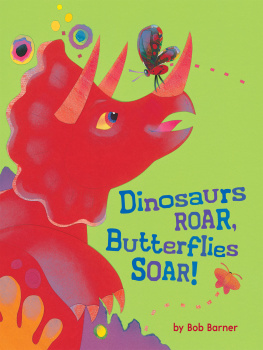


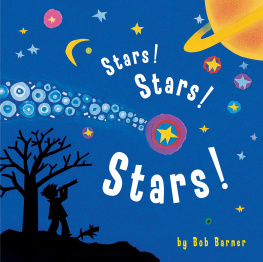
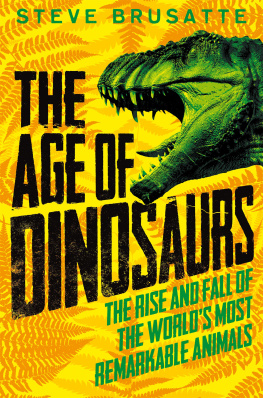
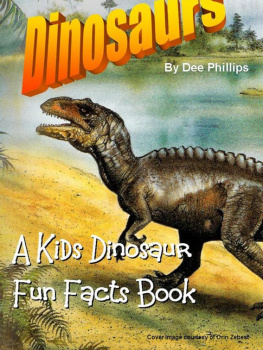

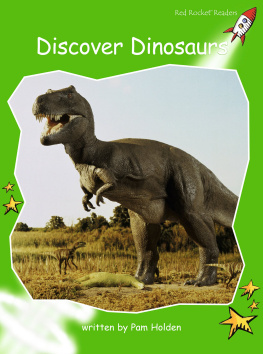
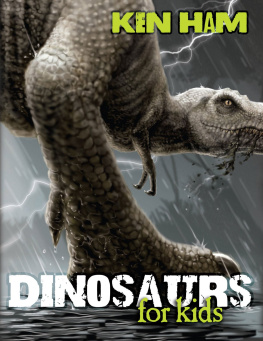
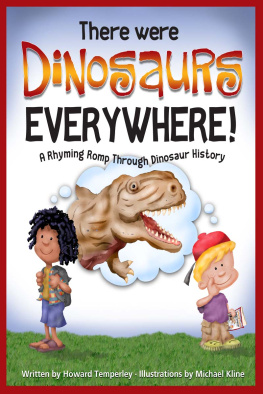
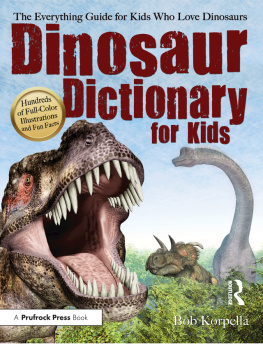
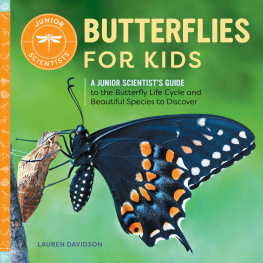

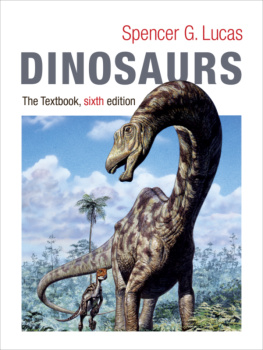













 Publishers Weekly,
Publishers Weekly,